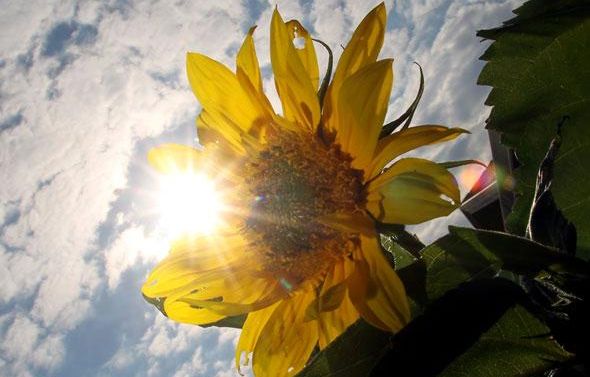For the naive people who console themselves by saying that the downright rotten weather this month of May in Toulouse and Haute-Garonne will at least have the merit of recharging water reserves, it’s grated. The damage was already done. “We are leaving with a degraded capital”, poses Serge Jacob, the secretary general of the prefecture, who chaired yet another meeting of the “Water Committee” on Wednesday. In the crucial “recharge” period, which runs from November 1 to March 31, “the rainfall deficit reached around 30%” compared to an already acrobatic previous year. As for the melting of the snowpack in the Pyrenees, a “natural watering can”, it has “never been so early in the last sixty years”.
In short, even if the Haute-Garonne is not yet on drought alert, like the Pyrénées-Orientales or the Var, it is in the “top 10” of the most exposed departments and sees the profile, at best, of a summer complicated. Especially since it has the specificity “to have little groundwater and to depend mainly on its rivers or water reservoirs located outside its borders for its supply”, underlines Jean-Michel Fabre, president of the Syndicat mixte studies and development of the Garonne (Smeag) and vice-president of county council. “We have to get out of a logic of restrictions suffered to enter that of sobriety”, assures the elected official whose community has just launched a campaign to raise awareness among the inhabitants on “these little noises which cost the planet dear. like the “plop plop” of a leaky faucet, the “Floop floop” of a bath or the “Pchiiiii” of a useless car wash.
Yellow and a risky crop puzzle
For the most observant, if you need a booster shot, they just have to take a trip to the countryside. They will find that the dreaded drought has already changed the landscape. And, this summer, it will undoubtedly be more yellow. Firecracker yellow. Farmers, by far the largest consumers of water resources, with 82% of withdrawals, have anticipated. “We kept them informed. They planted less corn [très gourmand en irrigation] this year, but more sunflowers and soybeans, some have also chosen to sow earlier,” emphasizes Jean-Michel Fabre.
“Soybean surfaces have decreased by 30 to 40%, while those of rapeseed have increased by 15%, those of wheat by 20%”, confirms Christel Carpentier, vice-president of the Chamber of Agriculture. On her own farm, she makes the risky choice of “dry maize”, which requires about three times fewer “spray turns” than conventional maize but “also gives three times less yield”. The farmer insists on the real headache facing the profession “Rapeseed must also have reached a certain stage before the hot weather. As for the sunflower, if it does not rain, the water does not rise in the stem, the bees do not visit the flower and there is not enough oil in the seeds”. “Water can also be eaten,” she concludes.

